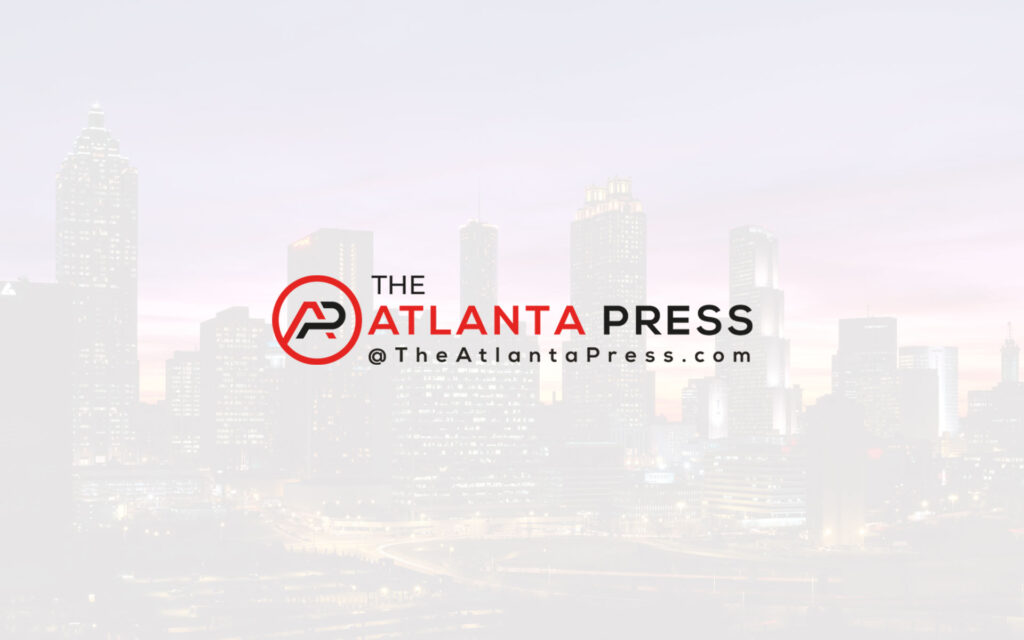As the Princeton University Art Museum constructs a new building (set to open in 2024), more than 100 works of American art from its collection are traveling the country. The exhibition “Object Lessons in American Art” will premiere at the Georgia Museum of Art from Feb. 4 to May 14.
Spanning the 18th century to the present, “Object Lessons” features works of Euro-American, African American and Native American art and illustrates how fresh investigations and contemporary perspectives can inform and enrich its meaning. With these objects, the exhibition asks fundamental questions about artistic significance and how meaning changes across time, place and context. Following its appearance in Georgia, the exhibition will travel to the Florence Griswold Museum, Old Lyme, Connecticut, and the Speed Art Museum, Louisville, Kentucky.
Organized by Karl Kusserow, the Princeton University Art Museum’s John Wilmerding Curator of American Art, the exhibition focuses in particular on race, gender and the environment. It arranges its works of art in 30 separate groups, each intended to provoke new considerations and raise timely questions about American history and culture. These juxtapositions serve as “object lessons”—gatherings of tangible artifacts that communicate an embodied idea or an abstract concept—to anchor debates about the country’s complex social, racial and political history, thereby expanding ideas about the history of American art.
The exhibition emphasizes how a broad array of artists contended with pressing issues. It includes works by the enslaved potter David Drake, whose craft was a bold statement of resistance, and the artist Frederic Remington, who represented the “Wild West” in ways that stereotyped both white settlers and Native Americans, alongside recent works by contemporary artists such as Rande Cook, Renee Cox and Titus Kaphar. One section will feature three iconic portraits of George Washington, including one by…
Read the full article here





